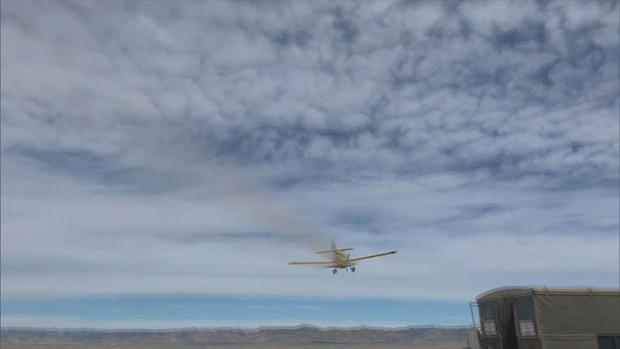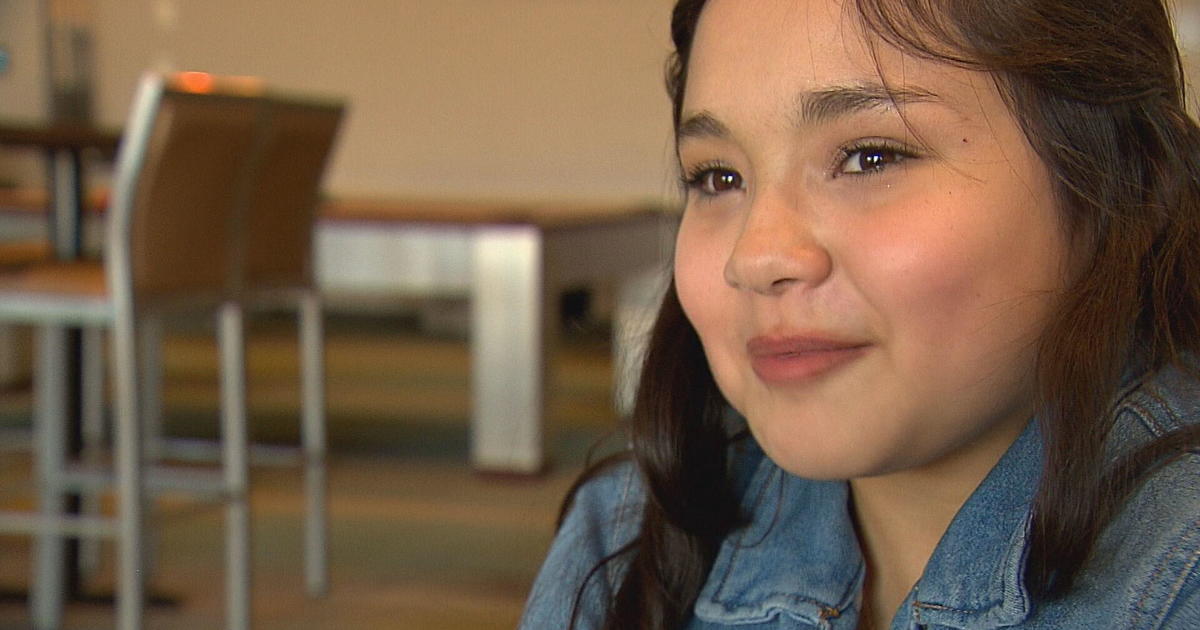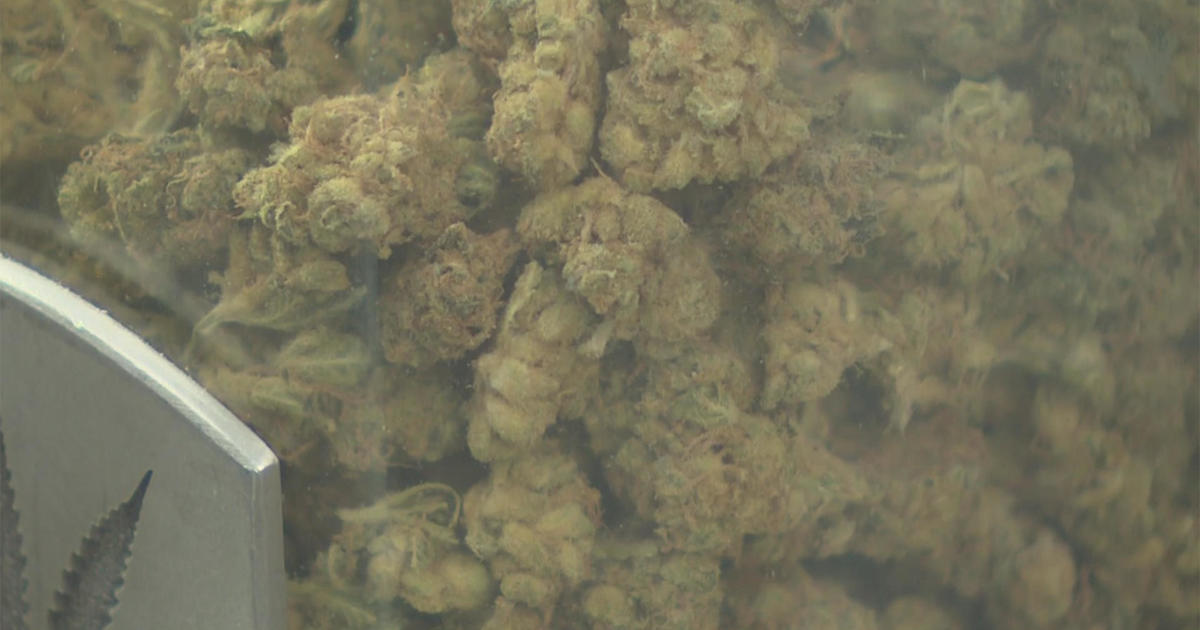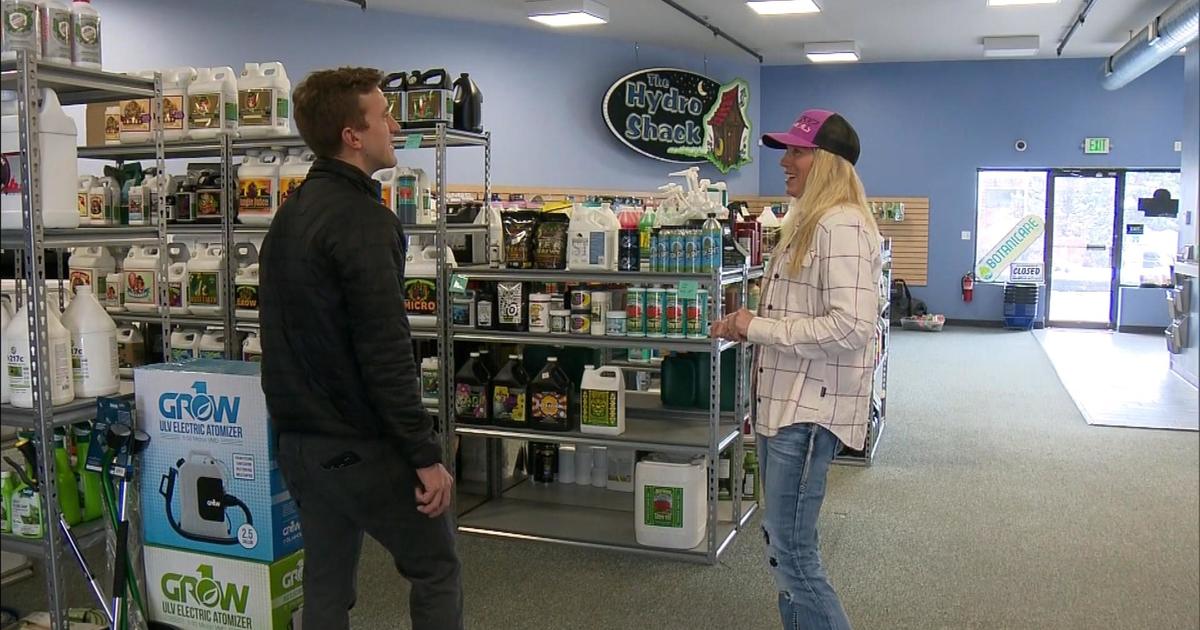'Back To Good Health': Firefighting Pilots Now Seeding Pine Gulch Burn Scar
MESA COUNTY, Colo (CBS4) - The burn scar from the one of the largest wildfires in Colorado's history is already showing signs of new life. This week the same pilots who helped fight the Pine Gulch Fire are dropping seeds over the most heavily-scarred areas.
"For those areas that had higher burn intensity, we look at seeding and so we're seeding 22,000 acres out of the 139,000 that burned, and those are the areas that are going to need it most," said Eric Coulter, Public Affairs Specialist for the Bureau of Land Management's upper Colorado river district.
The aerial seeding efforts are the most efficient way to access the thousands of remote acres. Luckily, the pilots know it well.
"One of the really cool things is, the airplanes used are SEAT, or single engine air tanker, and these same pilots were fighting the Pine Gulch Fire with fire retardant in these same planes, and then they convert them over for seeding purposes, so they're kind of seeing this to the end and getting this done," said Coulter.
The seeds are all native vegetation, collected and studied by volunteers prior to the mission.
"The Mule Deer Foundation supplied volunteers that did seed collection on these fires and critical habitat stuff. We worked with Colorado Parks and Wildlife. They actually added some seed to this project to be able to seed about 1,500 acres where they were really interested in improving wildlife habitat, so we used some of their seed with this also," Coulter said. "They have a seed storage facility in Delta, Colorado for these types of things. So, it really is the community, volunteers, partners, public agencies, coming together to get these lands restored back to good health."
The seeding isn't the only item on the list of things to do to help restore the burn area, but it's the most expensive of the efforts. Recently the BLM was awarded $3.5 million for rehabilitation efforts. While most will go towards the seeding efforts, it will fund other important projects.
"Roadwork, trail work, signage repair. We plan to have these things implemented within the year."
Despite historically dry conditions, Coulter says much of the area will have no problem regrowing naturally.
"We got some late rain at the end of the fire, and we were already seeing regrowth, green sprouting up while the fire was still going in areas that had burned and received some moisture and so seeing that regrowth already, it really just shows how resilient and how it will naturally recover in most areas."
Coulter says seeding efforts take about two weeks total and are expected to wrap up by the end of this week.






